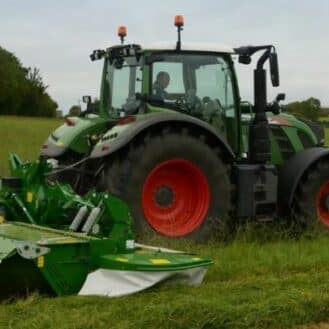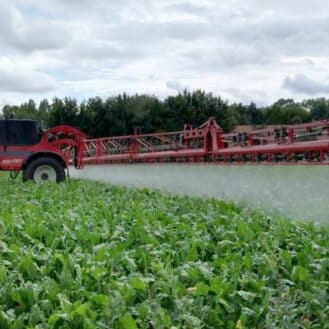The seeder is an agricultural machine that saves the farmer considerable time and increases production tenfold. It distributes seeds evenly in a straight line in the soil at precise rates and at specific depths.
Choosing the right seeder depends on the area to be harvested and the workload you require. In addition to the surface to sow, you’ll want to take into account the type of seeds you want to plant, the soil being seeded and the type of distribution. In this guide, we’ll discuss the following points:
- Type of seeds
- Surface to sow
- Type of distribution
- Storage capacity














